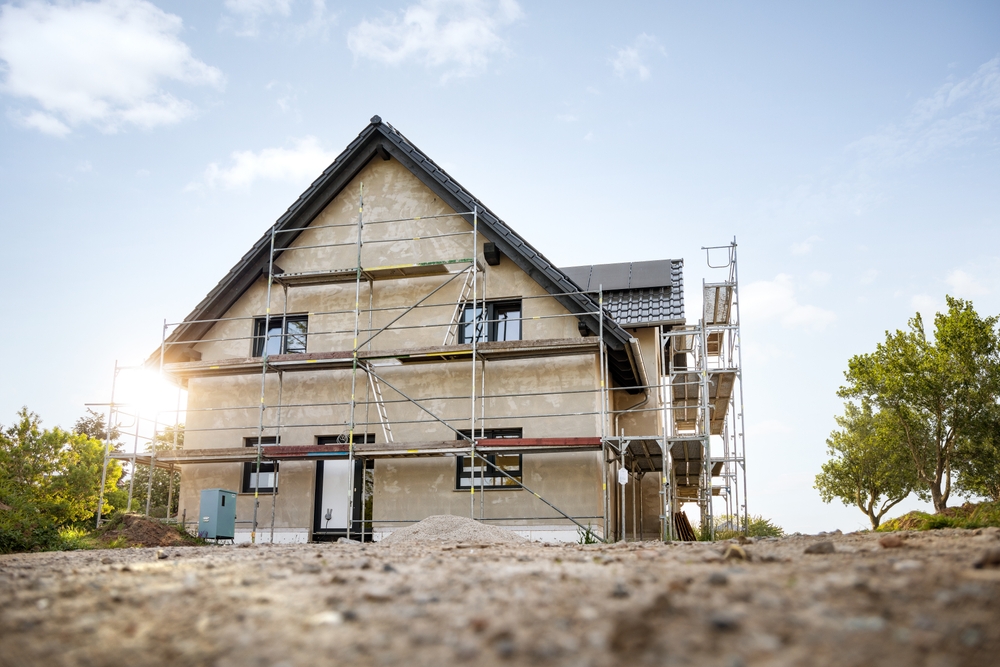Residential and commercial properties have their differences, and it’s safe to say that they serve completely different audiences.
What makes a property residential?
A residential property is a building that is lived in and is a suitable space for dwelling purposes. They are specific buildings that are built and made to live in. Residential homes can be either for an individual dweller or a household; you have the choice to buy or rent a residential property.
When you purchase a residential property, you must pay stamp duty, which is a land tax on properties in the UK. There are certain homes which are exempt from stamp duty, including homes under £250,000, which includes our Dunton Court apartments. Properties above £250,000 fall within a tax bracket depending on the value of the property at the time of purchase.
What makes a property non-residential?

A non-residential property is essentially a building that is not suitable for everyday living. There are certain factors that determine whether a property is not suitable for human habitation.
In the UK, many people decide to purchase non-residential property as stamp duty rates differ and are often lower. However, these properties can only be used for non-residential activities such as running a business. You can change the purpose of a building from non-residential to residential, depending on the criteria.
Key Differences Between Residential and Commercial Properties

Purpose and Use:
Residential: Designed for living purposes, suitable for individuals or families.
Commercial: Intended for business activities such as offices, retail spaces, and industrial use.
Ownership and Tenancy:
Residential: Often owned by individuals or families; can be rented out as single units.
Commercial: Typically owned by companies or investors; leased to businesses.
Financing and Investment:
Residential: Easier to finance through traditional mortgages; considered a lower-risk investment.
Commercial: May require more complex financing; potentially higher returns but with increased risk.
Regulations and Maintenance:
Residential: Subject to different building codes and regulations focused on safety and habitability.
Commercial: Must adhere to regulations pertaining to business operations, health and safety, and accessibility.
Market Dynamics:
Residential: Influenced by factors like local housing demand, employment rates, and interest rates.
Commercial: Driven by economic conditions, business growth, and location desirability.

Click the below button to learn more about our available commercial and residential properties.

